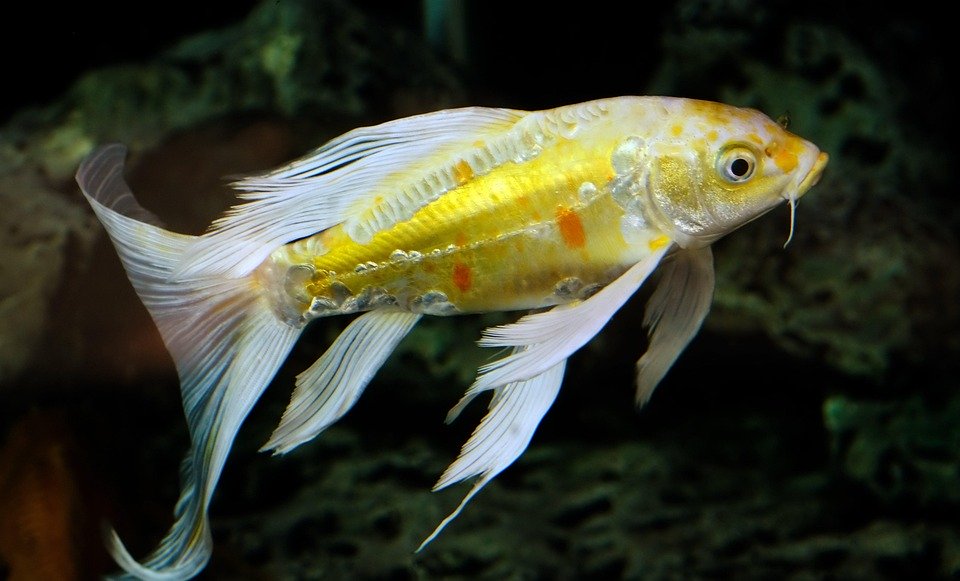Key Points
- Water Quality: A critical aspect that needs constant monitoring.
- Overfeeding: A common mistake that leads to poor water quality.
- Tank Cycling: Essential for establishing a healthy fish environment.
- Disease Management: Recognizing and treating ailments early can save your fish.
- Algae Growth: A natural process that can become problematic if not managed.
- Equipment Malfunction: Regular checks can prevent disasters.
- Fish Compatibility: Choosing the right species is crucial for a harmonious tank.
Understanding Water Quality
Water quality is arguably the most significant factor in maintaining a healthy aquatic environment. Beginners often underestimate the necessity of regular testing for parameters such as pH, ammonia, nitrites, and nitrates. According to a study by the Journal of Aquatic Science, poor water quality is the leading cause of fish mortality in home aquariums (Johnson et al., 2020). Regular water testing helps in achieving a stable environment for the fish, as different species have specific needs.
Using a simple testing kit will enable you to monitor these parameters weekly, especially during the initial tank setup. It’s crucial to perform partial water changes regularly to keep nitrate levels low and maintain stable pH levels. For most freshwater tanks, a pH range of 6.5 to 7.5 is optimal.
The Importance of Cycling Your Tank
Tank cycling is the process of establishing beneficial bacteria that convert harmful ammonia into nitrites and then into less harmful nitrates. Many beginners tend to add fish immediately after setting up a tank, thinking it is ready. However, the American Aquarium Association states that without cycling, ammonia levels can become toxic, jeopardizing fish health (AquaScience, 2021).
To effectively cycle a tank, the fishless cycling method is recommended for beginners. This method involves using ammonia (usually found in fish food or pure ammonia) to create a safe environment for beneficial bacteria. This process can take anywhere from three to six weeks, during which regular testing should continue.
Recognizing and Managing Overfeeding
Overfeeding is a widespread issue in beginner aquarist communities. Fish will often gobble up food quickly, which can be misleading. Research shows that overfeeding leads to increased waste and waste products that compromise water quality (National Aquaculture Society, 2022).
To prevent overfeeding, use the "two-minute rule": feed your fish as much as they can eat in two minutes. If food remains uneaten, reduce the portion next time. Regularly vacuuming the substrate can also help eliminate leftover food, maintaining better water quality.
Addressing Algae Growth
Algae growth is a natural occurrence in aquariums but can spiral out of control if not managed. Excess nutrients, particularly phosphates and nitrates, often fuel rapid algae growth. Studies show that light levels and the duration of light exposure also play significant roles in algae proliferation (Marine Aquarist Journal, 2021).
To keep algae growth in check, consider the following:
- Limit light exposure to 8-10 hours per day.
- Introduce live plants that can outcompete algae for nutrients.
- Regularly clean the tank and replace 10-20% of the water weekly.
Table: Recommended Water Parameters for Common Freshwater Fish
| Fish Species | pH | Temperature (°F) | Ammonia (ppm) | Nitrites (ppm) | Nitrates (ppm) |
|---|---|---|---|---|---|
| Betta Fish | 6.5-7.5 | 76-82 | 0 | 0 | <20 |
| Neon Tetra | 6.0-7.5 | 70-78 | 0 | 0 | <20 |
| Goldfish | 6.5-7.5 | 65-75 | 0 | 0 | <40 |
| Guppy | 6.5-7.5 | 74-82 | 0 | 0 | <20 |
Managing Equipment Malfunction
Proper equipment play a crucial role in maintaining a freshwater aquarium. Simple mechanical failures can lead to disastrous results. According to the International Journal of Aquatic Studies, over 30% of challenges faced by beginners stem from equipment errors, such as malfunctioning filters or heaters (Aquatic Technology Review, 2022).
Conducting regular maintenance checks, such as cleaning filter components and replacing heater batteries, can prevent equipment failure. Always have a backup plan, such as a sponge filter or additional heater, for emergencies.
Ensuring Fish Compatibility
Selecting compatible fish species is essential. Poor choices can lead to stress, injury, or even death among fish. Studies show that over 50% of aquarium failures are linked to improper fish selection (Aquarium Research Group, 2021).
Before purchasing, do thorough research on species care requirements and choose tankmates with similar water conditions and temperaments. It’s often wise to start with hardier fish while gaining experience in the hobby.
Helpful Tips
- Use water conditioner to remove chlorine and harmful chemicals.
- Invest in a reliable test kit.
- Keep a log of water parameters and changes.
- Read about each fish’s specific needs before purchasing.
- Always quarantine new fish before introducing them to your main tank.
FAQs
Q: How often should I test my aquarium water?
A: Test at least once a week, especially during the cycling process.
Q: What should I do if my fish die?
A: Remove the fish immediately, check water parameters, and assess for any signs of disease.
Q: How can I tell if I’m overfeeding my fish?
A: If leftover food remains after two minutes or if you notice poor water quality, you might be overfeeding.
Q: Do I really need to cycle my tank?
A: Yes, cycling is crucial to create a safe environment for your fish.
By addressing these common problems head-on and implementing the recommended solutions, beginners can foster a thriving freshwater aquarium. By consistently monitoring water quality, feeding appropriately, and ensuring compatibility among fish, the aquarium hobby can become a rewarding experience rather than a daunting challenge.

Leave a Reply